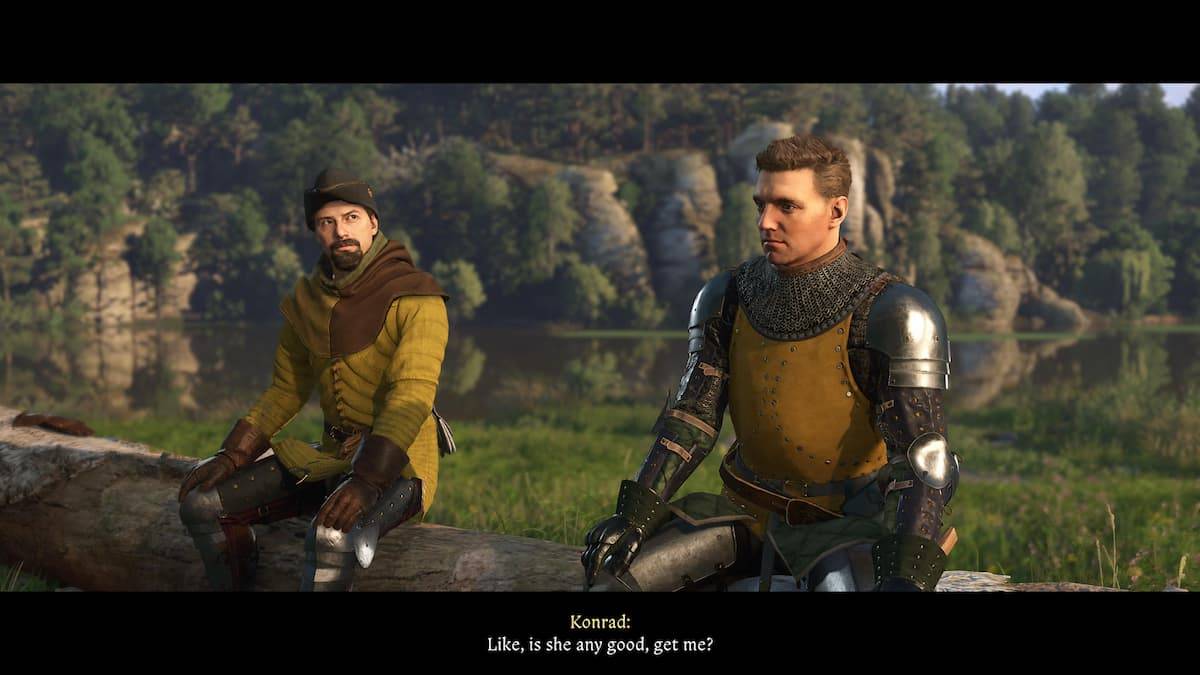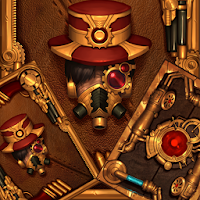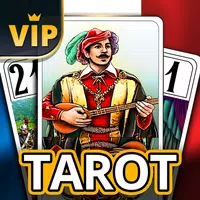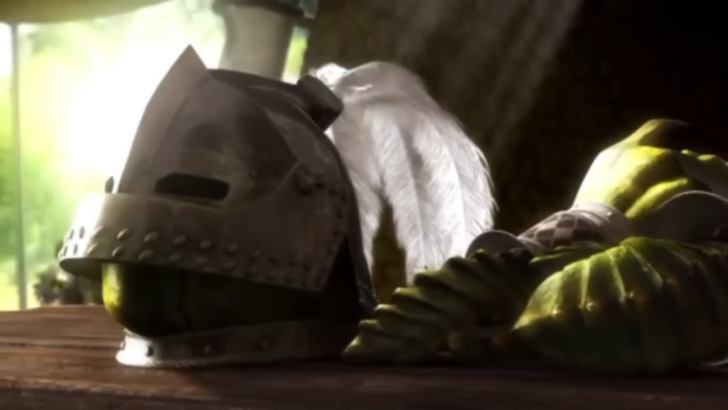
The narrative of Monster Hunter is often overlooked due to its seemingly straightforward nature, but a closer look reveals a rich tapestry of themes and stories. Let's delve deeper into the series to uncover the layers beneath its surface.
← Return to Monster Hunter Wilds' main article
Evolution of Narratives in Monster Hunter
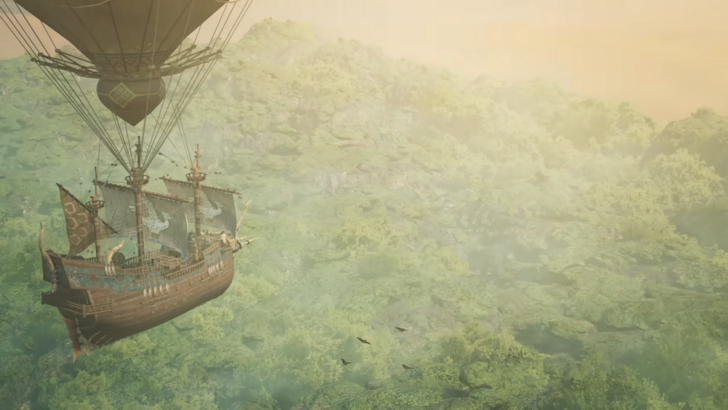
While the Monster Hunter series is primarily known for its action-packed gameplay rather than its narrative, it's a mistake to dismiss its story entirely. The game's mission-based structure might suggest a lack of focus on storytelling, but there's more to it than meets the eye. Let's explore the narratives of the mainline series to see if they're as simple as they seem.
How It All Starts
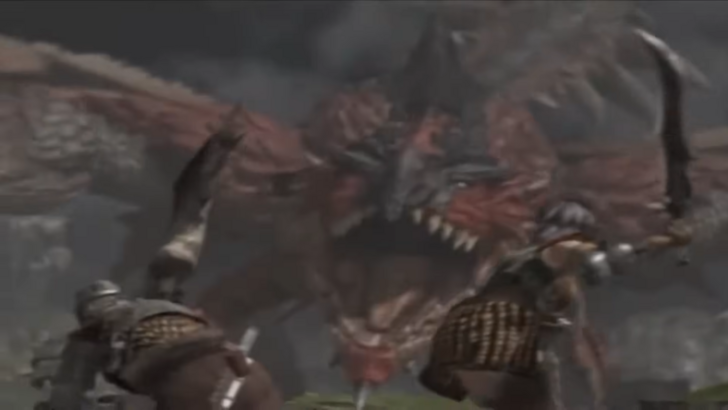
The Monster Hunter games typically follow a familiar pattern: you begin as a novice Hunter, taking on quests from village elders or leaders, and gradually rise through the ranks to become the top Hunter in your village. As you progress, you tackle increasingly formidable monsters, culminating in a battle against the game's final boss, such as Fatalis in the original Monster Hunter. This cycle remains consistent across the series, even as newer iterations like World, Rise, and their expansions introduce more structured storytelling.
Protecting the Natural Order
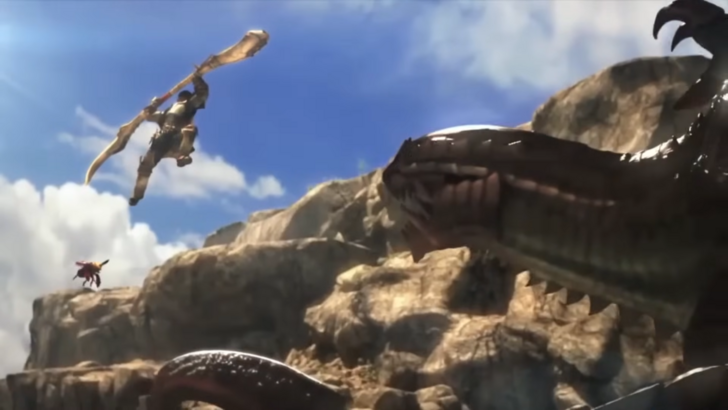
A recurring theme in the Monster Hunter series is the Hunter's role in maintaining ecological balance. For instance, in Monster Hunter 4, the Gore Magala's Frenzy Virus threatens the ecosystem, turning monsters aggressive and necessitating its defeat to restore harmony. However, the narrative becomes more nuanced in Monster Hunter: World and its expansion, Iceborne. The endings of these games highlight humanity's responsibility to balance nature, yet also underscore the need to understand nature's inherent processes.
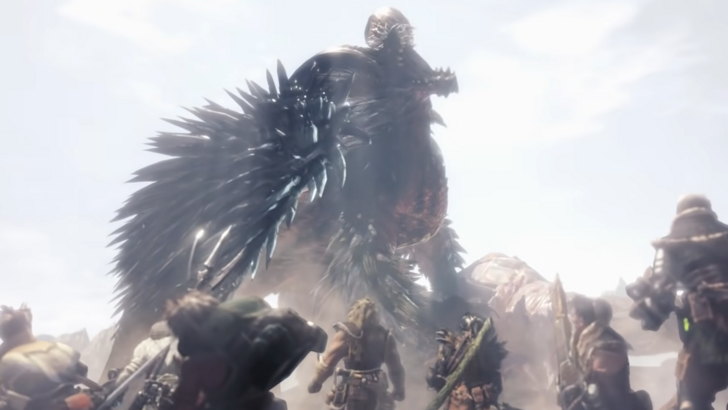
In Iceborne, the Nergigante is portrayed as nature's own force of balance, challenging the player's role and emphasizing the theme of natural order. The base game's ending positions the Hunter as the "Sapphire Star," a guiding light linked to the in-game creation myth, The Tale of the Five. This suggests the Research Commission's acceptance of their role as guardians of the New World, with the Hunter as their guide. The expansion's somber conclusion, however, prompts reflection on humanity's understanding of nature, highlighting the theme of nature's resilience without human intervention.
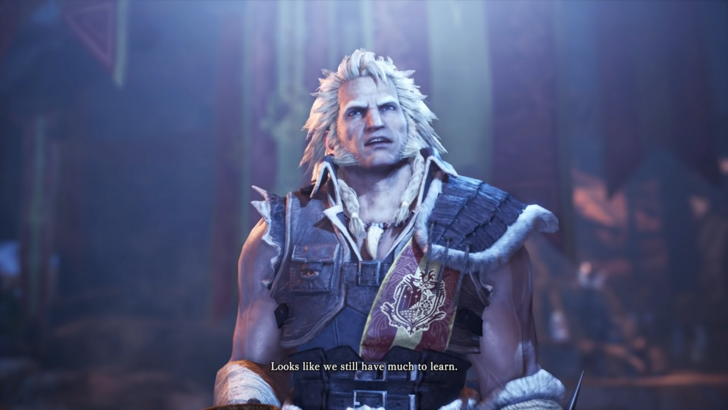
Monster in the Mirror
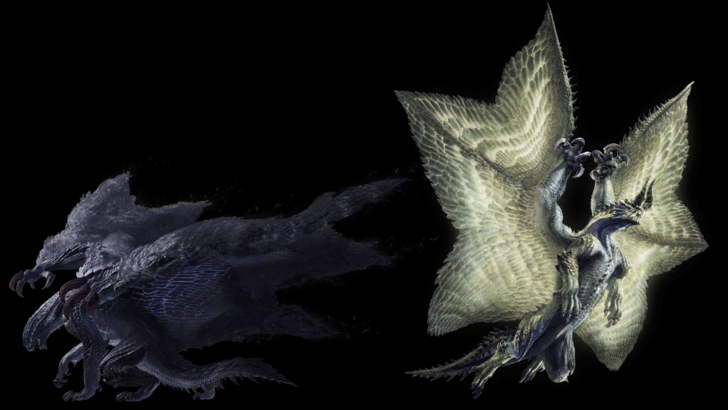
The narrative of Monster Hunter often mirrors the player's journey of growth and adaptation. In Monster Hunter 4, defeating the Gore Magala only leads to its transformation into the Shagaru Magala, reflecting the player's own progression and the monsters' adaptation to the Hunters' tactics.
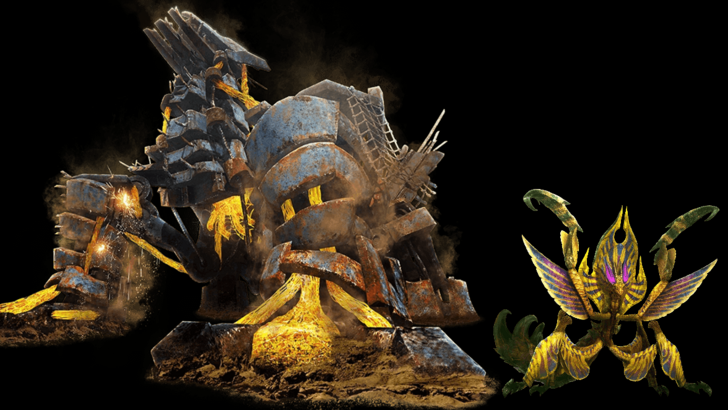
The Ahtal-Ka from Monster Hunter Generations Ultimate exemplifies this theme brilliantly. Initially appearing as a seemingly harmless bug, it transforms into a formidable foe by piloting a mechanical creation, the Ahtal-Neset, and even wields a giant wheel as a weapon. This reflects the ingenuity of the Hunters, showcasing how monsters adapt and evolve in response to human intervention.
Man Versus Wilds: Your Story

At its core, Monster Hunter is about the player's journey of learning and overcoming challenges. The series captures this through personal narratives, such as the iconic encounter with the Tigrex in Monster Hunter Freedom 2. Starting with a dramatic fall from a cliff, the game sets a clear goal for the player: to defeat the monster that nearly ended their journey.
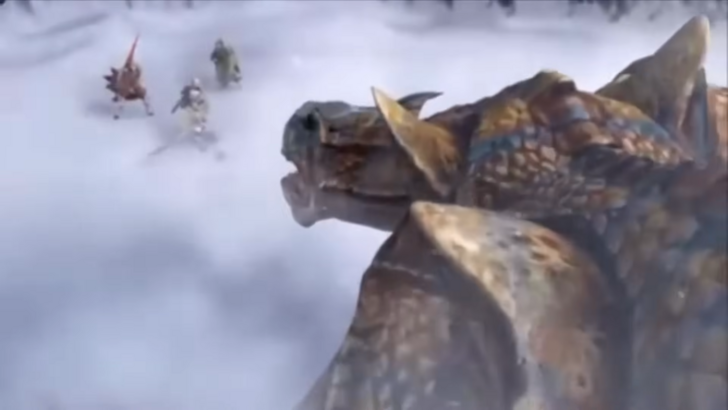
As you progress, returning to the Snowy Mountains to face the Tigrex again, the game reinforces the theme of overcoming adversity. This personal narrative of growth and triumph is what makes Monster Hunter memorable, even if the overarching story may not be the most compelling.

The newer games, including Monster Hunter Wilds, are shifting towards more structured narratives, as seen in their trailers. While the enjoyment of the series is subjective, the new approach aims to engage players more deeply in the gameplay and story.
The Monster Hunter franchise may not boast the most intricate stories, but it excels in weaving the player's experience into a narrative that resonates long after the game is over.

